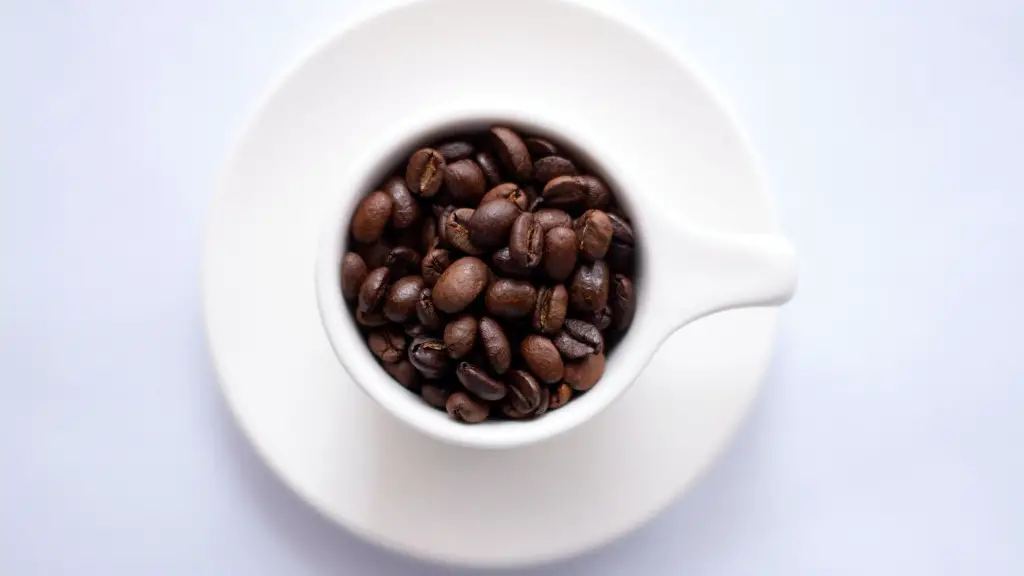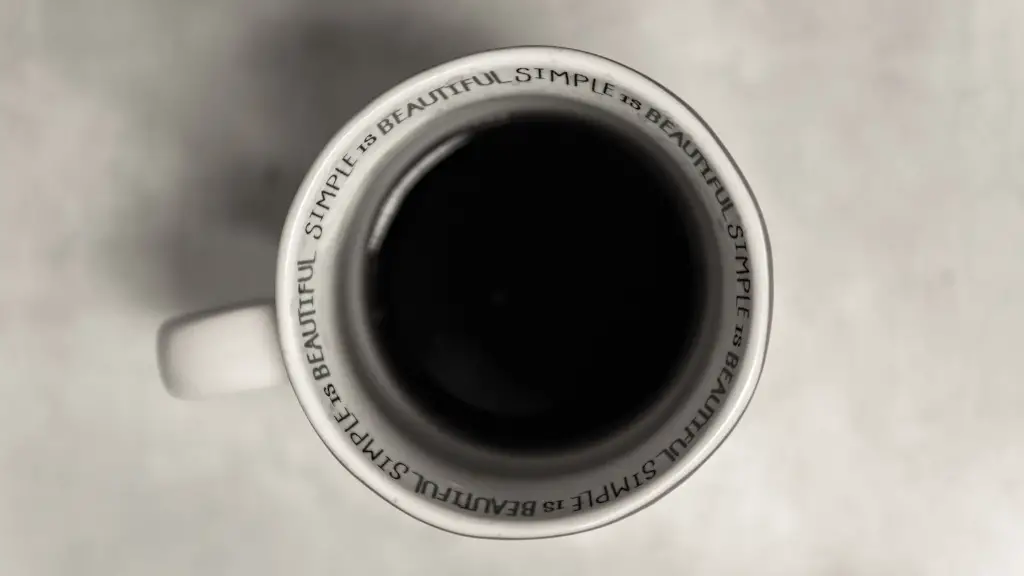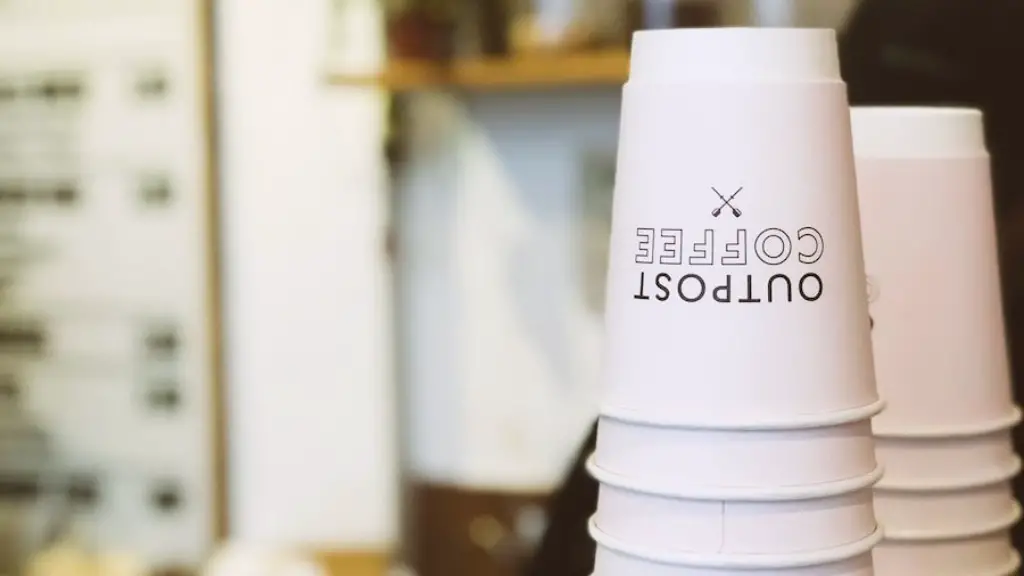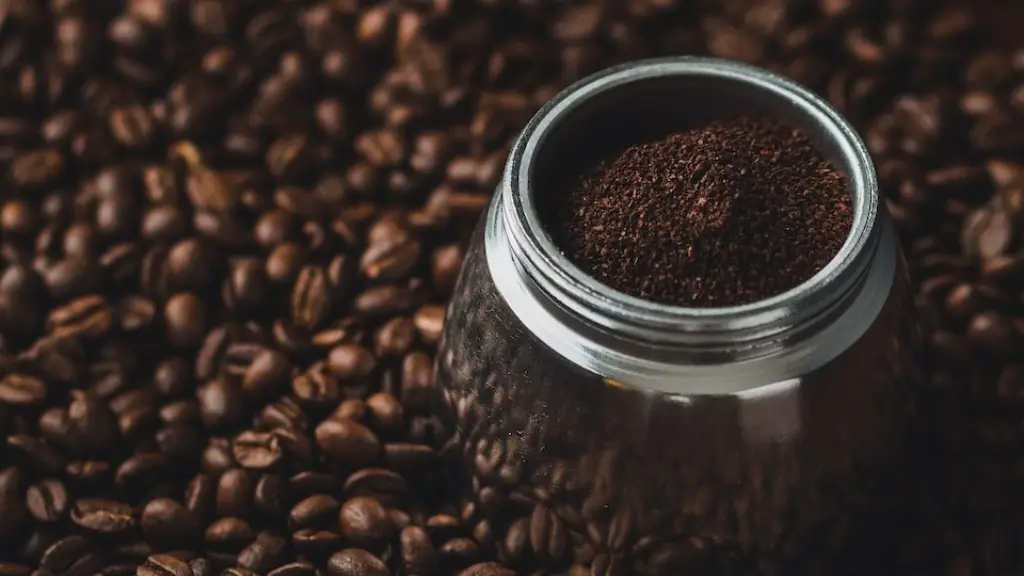Starbucks is one of the most popular coffee chains in the world, and for many, it has become synonymous with coffee. With its handy locations and a vast selection of blends, Starbucks is an ideal option for people who want to enjoy a great cup of coffee without spending too much time preparing it. But how much does a Starbucks coffee cost?
The cost of a Starbucks coffee varies depending on where you are located and what type of coffee you are ordering. In the United States, a standard cup of brewed coffee at Starbucks is around $2.45, while a latte will set you back $3.25. This can of course increase depending on what kind of add-ons you get, such as syrups and extra shots. In some areas, Starbucks may also offer special deals and discounts.
However, the main reason why Starbucks prices vary is due to the cost of raw materials used to make their drinks. Coffee beans are some of the most expensive ingredients used in food and beverages, and they are often sourced from different parts of the world. This results in different production costs that can affect the overall cost of a cup of coffee. In addition, depending on where you’re located, local taxes can also influence the final cost of your coffee.
In addition to the cost of ingredients, Starbucks’ pricing also includes their overhead costs, such as rent, utilities, and labor costs. The company also needs to account for packaging and shipping costs, as well as their advertising budget. It all adds up, which can make a cup of coffee cost more than what you’d expect.
At the end of the day, Starbucks is a business, and like any other business, they’re in it to make a profit. They have to factor in all of their costs when coming up with a price for their drinks. In addition, a cup of Starbucks coffee is often seen as a luxury item, and many people are willing to pay a premium for it. So, while the cost may seem high, it’s not necessarily out of line.
Environmental Costs
When considering the cost of a Starbucks coffee, it’s important to take into account the price we all pay for the environmental impact of producing coffee as well. Coffee is an agricultural product, and like many other crops, it requires water, fertilizer, and other materials and resources in order to grow. This means that producing coffee has an imprint on our planet, and that there are indirect costs associated with this type of production. These costs are rarely taken into consideration when we’re buying coffee.
On top of this, the use of synthetic pesticides and fertilizers can harm the environment and contaminate the soil, potentially affecting the health of people, plants, and animals. Furthermore, this type of production often leads to deforestation, as coffee growers have to clear land for planting, often resulting in a loss of biodiversity. Lastly, coffee beans need to be shipped from the grower to the roasters, which also contributes to pollution and climate change.
Ultimately, coffee costs us more than just the money we hand over when we make a purchase. The environmental and social costs of producing coffee affect us all, and this is something we should all be aware of.
Comparing Prices
When it comes to comparing prices, it can be helpful to compare the cost of Starbucks coffee to the cost of coffee from other sources. For example, independent coffee shops usually have cheaper prices, and their beans may have a lower environmental impact. However, their coffee may not have the same level of consistency as Starbucks, and their locations may not be as convenient.
Also, when it comes to instant coffee, Starbucks’ prices are usually higher than most competitors. However, their instant coffee is made from high-quality beans, and it also has a higher caffeine content, which is often appealing to coffee lovers. Additionally, because it’s instant, it’s also much more convenient.
So when it comes to the cost of a Starbucks coffee, it’s important to take into account all of the factors that affect the price, such as the cost of raw materials, overhead costs, and environmental costs. Additionally, it can be helpful to compare prices with other sources, as well as understand the convenience aspect.
Fair Trade Certified
It’s also noteworthy that Starbucks is a Fair Trade Certified company. This means that the company adheres to its commitment to support and empower farmers, workers and their families by providing them with better wages and working conditions. As part of this commitment, Starbucks has committed to sourcing 100% of its coffee from Fair Trade Certified farms.
This means that farmers are given additional funds from Starbucks to use to improve their livelihoods and create better working conditions for their employees. In addition, Fair Trade Certified farmers receive a premium for their coffee, which is paid in U.S. dollars and deposited in a community fund to be used for collective improvements. This is a real example of how our purchases can make a positive difference.
So, while the cost of a Starbucks coffee may seem high, it’s important to bear in mind that part of it goes to creating better wages and working conditions for coffee farmers, as well as contributing to an improved environment.
Organic Coffee
In addition to Fair Trade Certified coffees, Starbucks also offers organic coffees. Organic coffees use fewer inputs like synthetic pesticides and fertilizers and have a much lower environmental impact. However, organic coffees tend to come with a higher price tag than conventional coffees.
Organic certification also requires a third party to verify that the coffee was grown in an environment that adheres to organic standards. This process is often expensive and time consuming, meaning that organic coffees may cost more than non-organic.
Organic coffees also tend to have more complex flavors, as they are grown with fewer inputs. This makes organic coffees a good choice for those who are looking for a unique flavor profile. Additionally, some organic coffees can also be more environmentally friendly, depending on the farming methods used.
Coffee Quality
When it comes to the taste and quality of a cup of Starbucks coffee, there are many factors that come into play. It all starts with the quality of the beans, which can vary depending on the origin and variety of the beans, as well as the processing method used. Additionally, the roasting method and the brewing technique used can have an effect on the taste of the coffee.
In addition, the way a coffee is stored can also have an effect on the quality. Coffee is best served as soon as possible after it’s roasted, and it should be kept in an airtight container in order to preserve its freshness and flavor.
At Starbucks, they carefully monitor all of these factors in order to ensure that their coffees are consistently of a high quality. They have strict standards for the coffee they source, and they are constantly improving and refining their brewing techniques in order to deliver a top-notch cup of coffee every time.
Summary
When it comes to the cost of a Starbucks coffee, it’s important to bear in mind that there are many factors that affect the price, such as the cost of raw materials, overhead costs, and environmental costs. Additionally, it’s important to consider the convenience factor and the social and environmental implications of coffee production. Additionally, it can be helpful to compare the cost of Starbucks coffee with other sources.
At the end of the day, a cup of Starbucks coffee is a luxurious experience and many people are willing to pay a premium for it. Knowing all of the factors that go into the price of a cup of coffee can help you make an informed decision as to whether it is worth it or not.





